Despite that remarkable achievement the pair remain almost unknown, even though precious few Scotsmen have featured at the top level in Italy over the years. The most notable names are Denis Law, Graeme Souness and Joe Jordan, while currently Liam Henderson and Aaron Hickey are starring in Serie A, but none of these fine players ever won a title.
While it has to be acknowledged that Diment and Squair were amateurs and hardly of the same standard, they have a fascinating story and their lives followed remarkably similar paths through work, football and even in marriage, before tragedy intervened.
Of the same age and background, they met in Newcastle as they embarked on a career in shipping, and while many records state that they joined Juventus from Newcastle United, the truth is that they were never on the club's books and their names do not appear in any contemporary British football records.
However, they must have played football at some level in England before they were sent to Turin in the autumn of 1904. Aged 19 and 20, they joined the staff of Walter F Becker, an influential steamship owner with interests in several Italian ports, whose company Navigazione Alta Italia ran the Creole Line. He also had a passion for football, having founded a club in Messina (Sicily) in 1901.
Shortly after their arrival, the two young men were pitched straight into the Juventus team. They made their debuts on 13 November 1904 in a 1-0 defeat to Genoa, a contest for the Palla Dapples – the silver ball donated by Henri Dapples for a series of challenge matches which saw the winner retain the elegant trophy.
Early in 1905 their influence was an important factor as Juventus lifted the Campionato Prima Categoria title, as Serie A was then known. By modern standards, it was not a lengthy campaign, with Juventus first winning the right to represent Piedmont by beating city rivals Torinese.
That qualified them for a mini league where they faced the champions of Lombardy and Liguria, US Milanese and Genoa respectively. The three teams played each other, home and away, over six weeks and Juventus had no difficulty defeating Milanese twice, with Squair scoring one of the goals, while both games against Genoa ended in draws.
That left them with six points before the final match of the series when, to general amazement, Genoa failed to beat Milanese. This meant that Juventus, a point clear, were declared champions of Italy for the first time (and they would not win it again until 1926).
James Macgregor Squair was born in Edinburgh in 1884 and spent his early years there but sadly his mother died when he was only three. When he was about eight he moved briefly to London, where his father remarried, then to Newcastle, where he went to school. He started working as a shipbroker's clerk in the city but there is no record of his sporting activities in the local press apart from an appearance for a minor cricket club.
John Bowman Diment, known as 'Jack', was born in Plymouth in 1885 but that was only because his father, a Sergeant in the Gordon Highlanders, was posted briefly to Devonport Barracks. Jack was only on the south coast of England for the first six months of his life and when the family returned to Scotland he was brought up in the village of Durris, west of Aberdeen. When his father left the army they moved to Newcastle where Jack found a job with a shipping agency. He, too, was not mentioned in local sports reports.
After their title success, Diment and Squair continued to feature regularly for Juventus for three eventful seasons. The side came close to retaining the title in 1906 but when a play-off against Milan ended in a draw, Juventus refused to replay the match in protest at the venue being in their opponents' city, and Milan were awarded the title.
During the 1906-07 season Juventus recruited another British player, goalkeeper James McQueen, also with Scottish roots but born and brought up in London.
However this was a time of discord within the Juventus ranks and when a breakaway club was formed in the city, called Torino, several players moved across. Almost their first act was to knock Juventus out of the 1907 Campionato, in the very first Turin derby, which prompted more players to leave.
McQueen, who was a language teacher, headed for a new job in the south of France where he played for Olympique de Marseille and eventually won the French title in 1913 with Stade Helvetique.
Squair, meanwhile, went to Naples having been appointed as local manager for Peirce Brothers, an off-shoot of Becker's shipping agency. This marked the end of his football career, even though there was a club in Naples, as he had other things on his mind: he was in love with Mabel Stroud, daughter of an English lace manufacturer who was based in Turin.
Mabel followed Squair to Naples and they were married at the British Consulate in March 1909. In November they had a daughter called Emily but tragically he died just five days later, probably from illness although his death certificate does not state the cause. He was only 25.
Meanwhile, Diment remained in Turin and was in a relationship with Mabel's sister Olga. He spent another season with Torino, playing his last matches for them in March 1909 when the team won the Palla Dapples on two consecutive weeks.
His work then took him to Milan and within a week of moving, he joined Milan Cricket and Football Club (which became AC Milan) and played regularly with them for a year. In December, in the newly-expanded Prima Categoria, he showed he had lost none of his combative spirit when he punched an Andrea Doria player in retaliation for an off-the-ball kick, provoking a crowd invasion and an abandonment.
During the First World War, Diment joined the Royal Army Service Corps as a driver and spent five years in uniform, serving in Salonika until he was invalided home in 1916. As a personal note, I was fascinated to find that he travelled back on the hospital ship Britannic, on which my own grandmother Sheila Macbeth was serving as a nurse; the ship was sunk by a mine in the Aegean Sea on its very next voyage but she survived to tell the tale.
After he recovered, Jack was posted to France, but surprisingly when the conflict was over he volunteered to remain in the army for an extra year in Germany. This was perhaps an indication that his marriage to Olga was on the rocks, as he later divorced her.
The lure of Italy was still strong as he returned to the country, remarried to Kate Clarke in 1932, and their son Donald was born in Turin. After the second world war, Jack and Kate settled near Hull, where he died in 1978 at the grand old age of 93.
Not many Scottish footballers have found success abroad, so let's celebrate Jack Diment and James Squair, whose exploits with Juventus, Torino and Milan are little known, and whose Italian title win in 1905 remains a unique achievement.
John Bowman Diment
Born 1 June 1885 in Devonport, Plymouth
Died 12 October 1978 in Castle Hill Hospital, by Hull, Yorkshire
Juventus 1904-07
Torino 1907-09
Milan 1909-10
James Macgregor Squair
Born 28 September 1884 in Edinburgh
Died 30 November 1909 in Fuorigrotta, Naples
Juventus 1904-07
Torino 1907-08
NB in the opening sentence I specified 'male footballers' because at least a dozen Scottish women have played professionally in Italy, with several of them winning league titles including Rose Reilly, Edna Neillis, June Hunter and Maria Blagojevic.
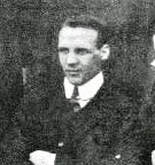
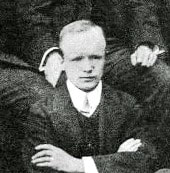
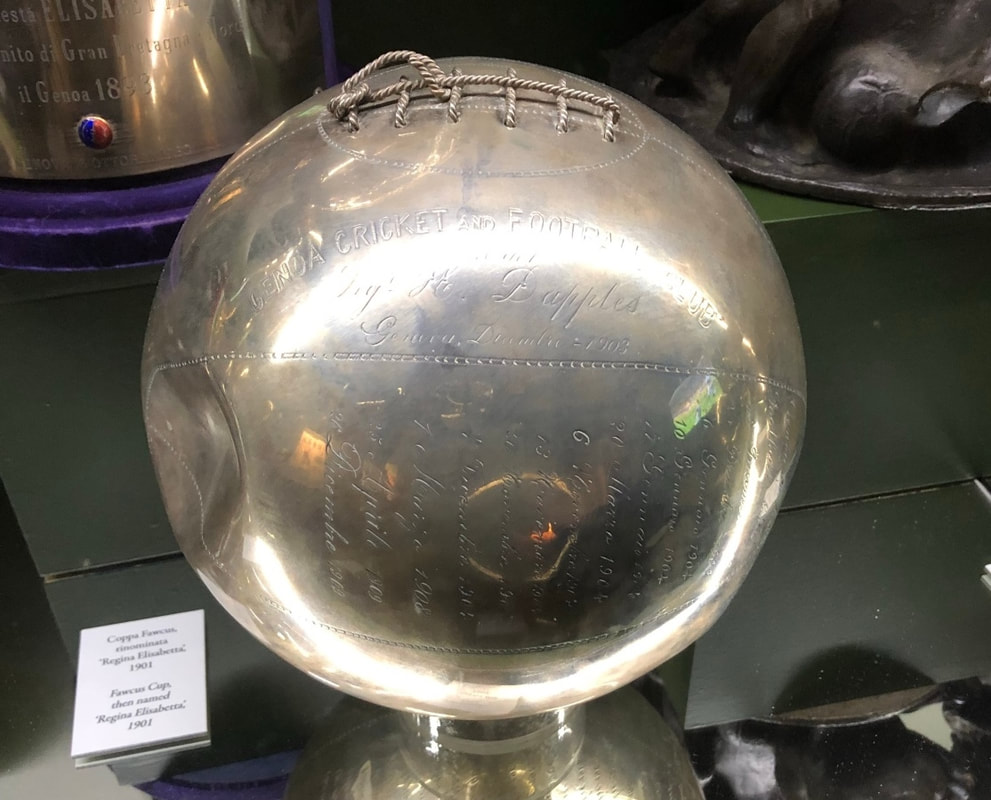
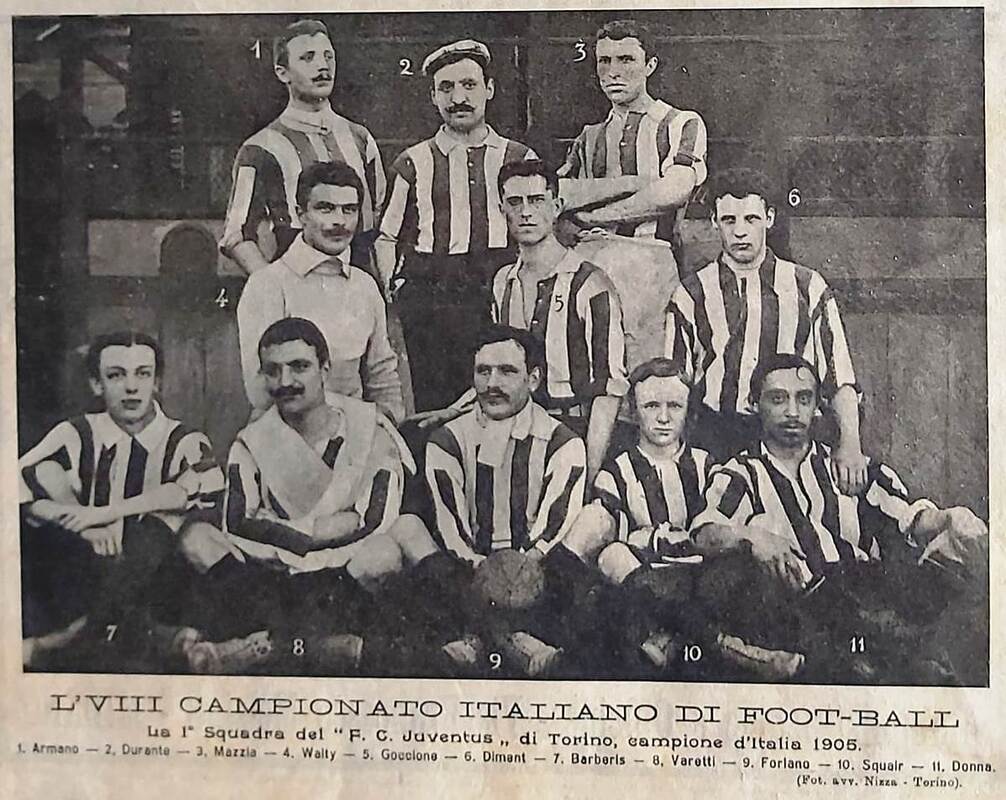
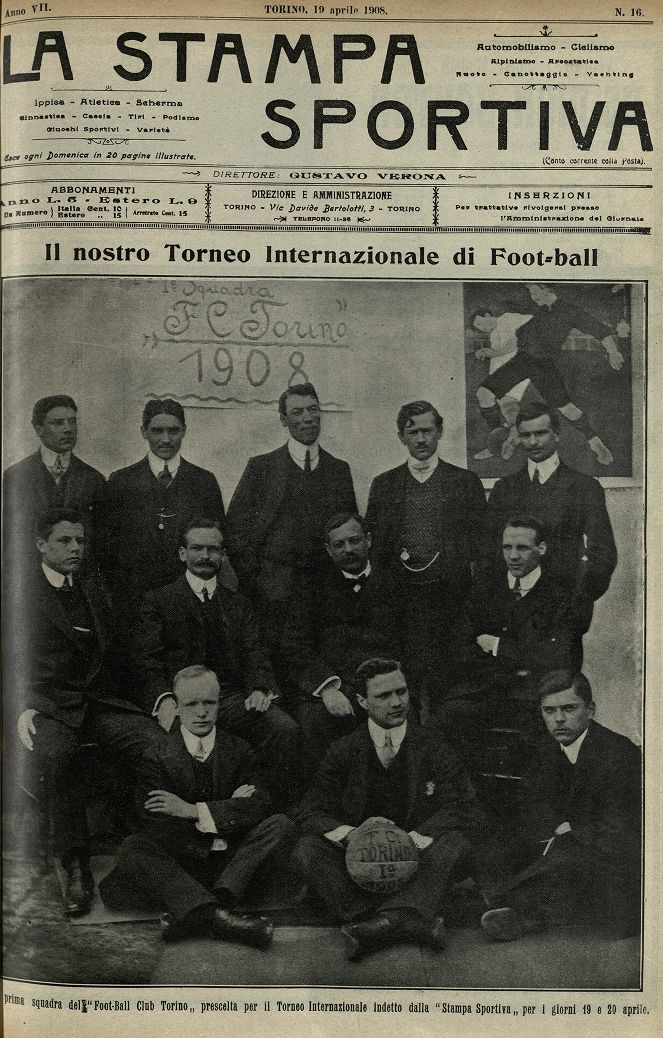
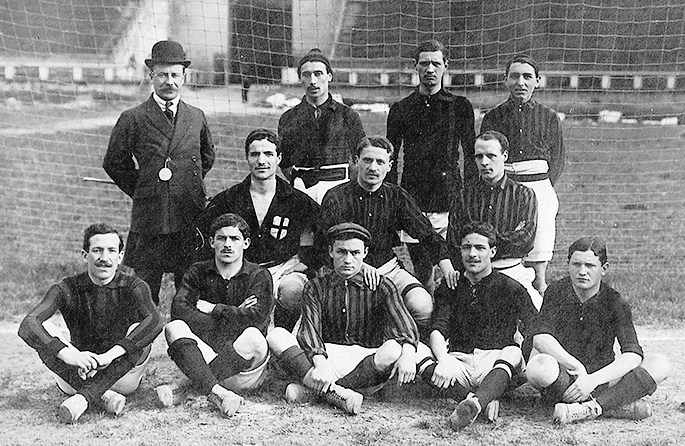
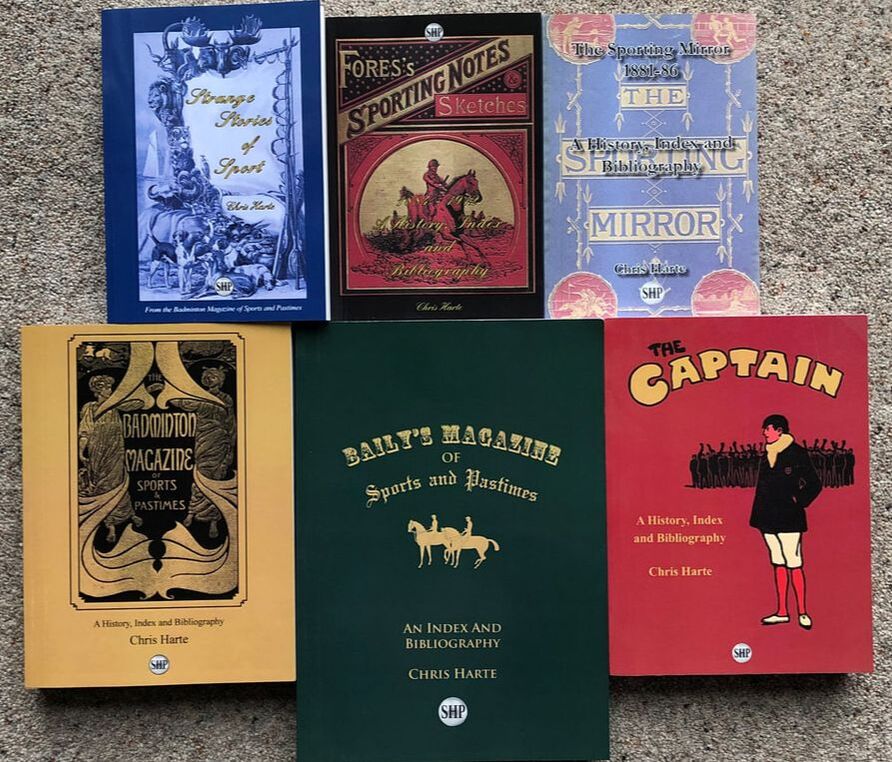
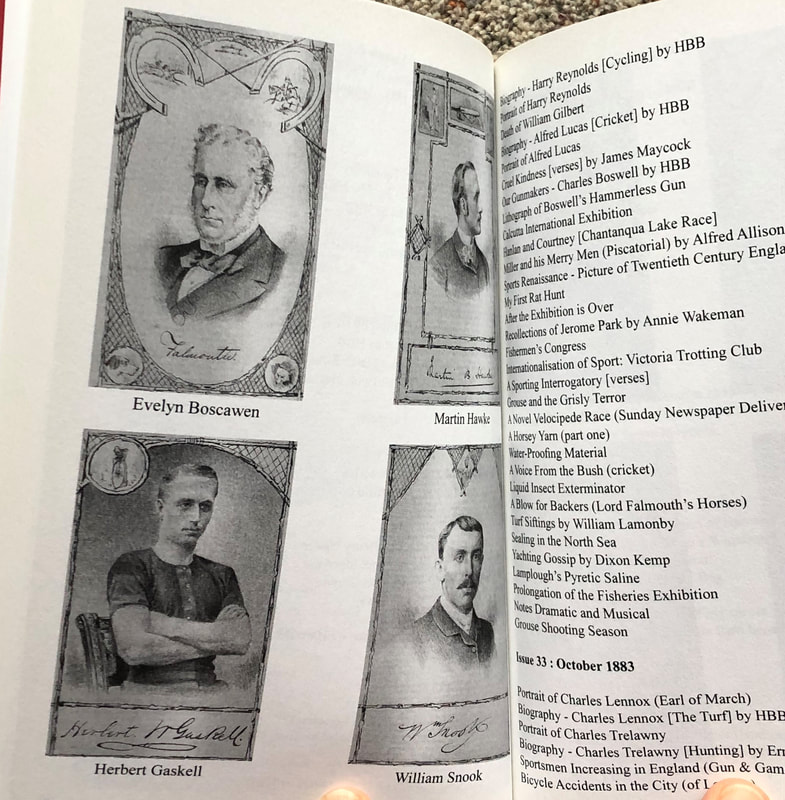
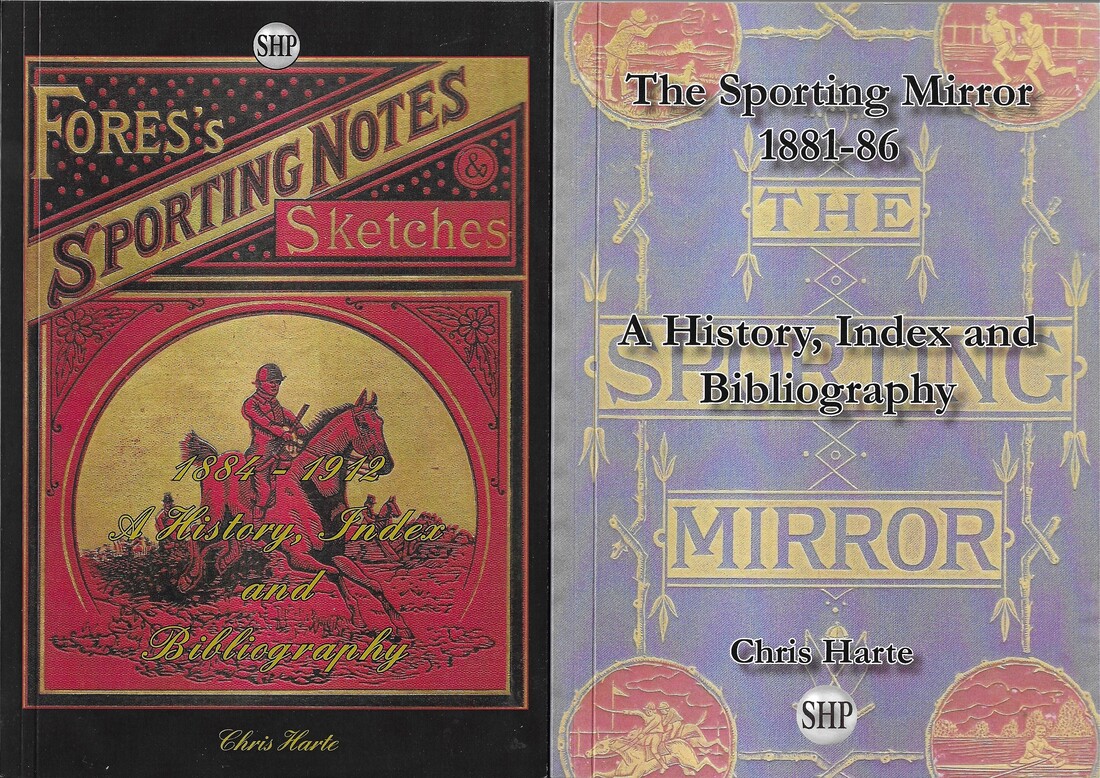
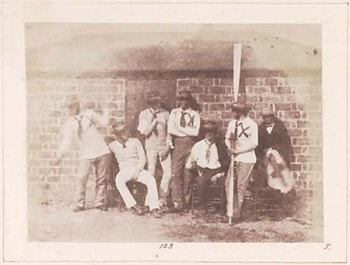
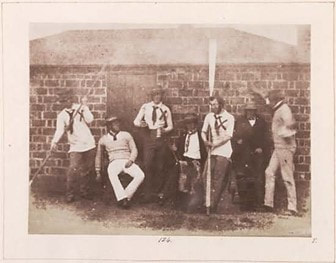
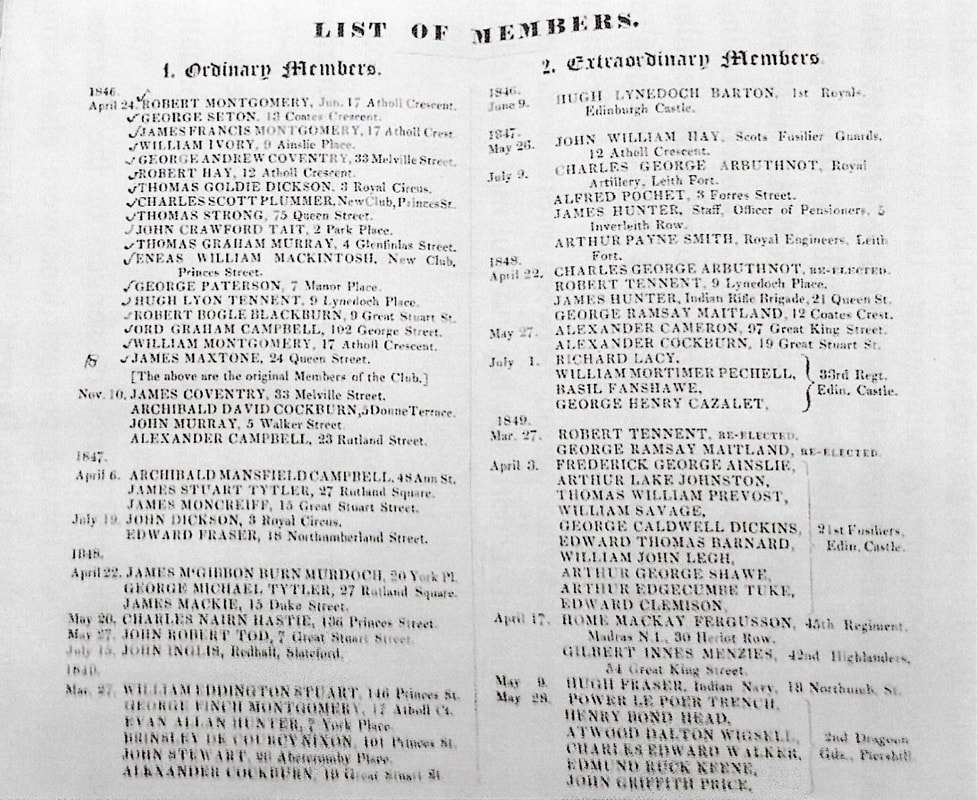
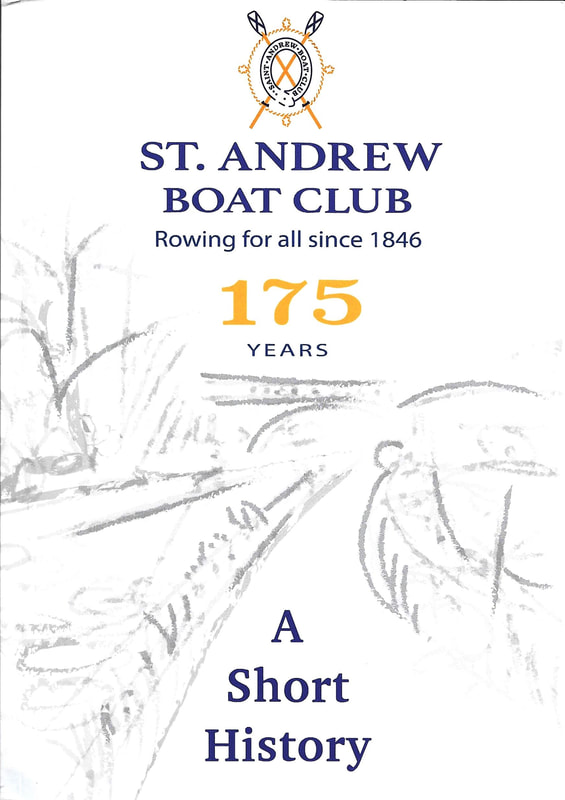
 RSS Feed
RSS Feed